Announcements
Drinks

Scope proposes an update to its Sub-Sovereigns Rating Methodology and invites comments
The proposed update to the methodology can be downloaded here. It provides refinements and clarifications to Scope’s analytical approach for assigning credit ratings to sub-sovereigns, reaffirming that institutional integration is central to rating outcomes. Higher integration supports sub-sovereign ratings near the anchor, while lower integration requires stronger credit fundamentals, reflecting sovereign support, structural constraints, and the fiscal role of institutional frameworks.
Methodology highlights
Scope Ratings reaffirms its four-step methodology for rating sub-sovereigns, underscoring a structured, transparent, and consistent approach.
-
The methodology begins with an assessment of the institutional framework, determining how closely a sub-sovereign is integrated with its sovereign or higher-tier anchor. This sets the rating range within which the issuer is assessed.
-
A detailed evaluation of the individual credit profile (ICP) follows, based on 11 criteria across four risk pillars: debt and liquidity, budgetary performance, economic fundamentals, and ESG factors.
-
The ICP score is then mapped to the predefined rating range, ensuring consistency across entities.
- Final adjustments may reflect systemic importance, rating anchor sensitivity, or rare exceptional factors.
The approach continues to reflect Scope’s emphasis on the role of institutional integration, particularly in times of systemic stress, and ensures meaningful peer comparison within the same national context.
Summary of the proposed key changes
With this update of the methodology, Scope proposes to:
-
Fully integrate ESG factors into the core analytical framework by embedding Governance (10%), Social (7.5%), and Environmental (2.5%) in a dedicated 20% ICP pillar, replacing prior discretionary adjustments for social and environmental factors.
-
Enhance institutional assessment by expanding the definition of public funding to include both direct and indirect channels, and by recognising horizontal coordination mechanisms among sub-sovereigns.
-
Refine the ICP scoring framework through:
i. Continued use of the debt-to-operating revenue ratio as the primary quantitative indicator of debt burden, with the payback ratio (gross debt to operating balance) applied qualitatively to provide additional context on debt sustainability.
ii. A more structured approach to assessing contingent liabilities, covering both explicit and implicit exposures.
iii. Clarified liquidity assessment criteria, allowing high scores where strong central or alternative funding access exists, even with limited cash reserves.
iv. Continued use of GDP per capita as the primary indicator of income and tax capacity, with unemployment rate applied qualitatively to provide additional context on labour market strength.
-
Introduce typical score characteristics across all Institutional Framework and ICP components to ensure greater transparency and comparability.
- Streamline methodology language and structure to improve clarity, consistency, and usability.
Call for comments
Scope invites investors, issuers, policymakers and other interested parties to comment on the methodology as part of the agency’s ongoing commitment to transparency and open dialogue with market participants. Please send your comments by 1 September 2025 consultation@scoperatings.com. Scope will review and publish the content of written responses in accordance with regulatory requirements unless the respondent has specifically requested confidentiality.





